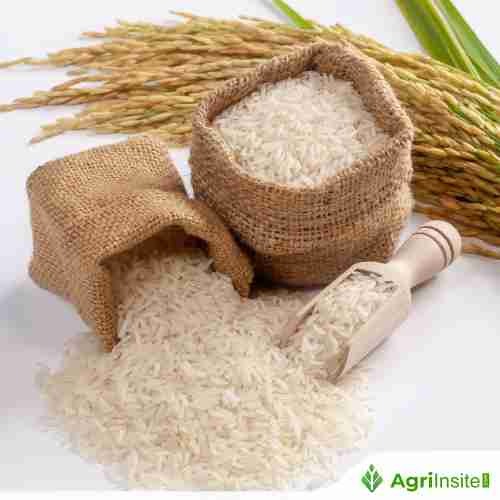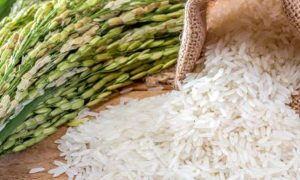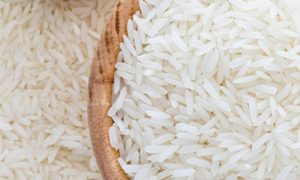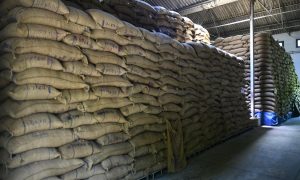Government urged to fund crops other than rice

The Philippine Chamber of Agriculture and Food (PCAFI) advocates for more funding for high-value crops, arguing that the Department of Agriculture focuses too much on rice. While rice accounts for 23% of agricultural output, high-value crops make up 33%. PCAFI calls for diversification, modernization, and better budget allocation, especially for mechanization, which is currently slow under the Rice Competitiveness Enhancement Fund.
THE Philippine Chamber of Agriculture and Food, Inc. (PCAFI) said that the government needs to fund more crops beyond rice, citing food sufficiency concerns.
In a briefing on Monday, PCAFI President Danilo V. Fausto said the Department of Agriculture’s (DA) budget has had too much of a focus on rice production.
“High-value crops have contributed 33% of the agricultural output in crops and rice is only 23%. Yet (we are) still pouring everything into rice,” He added.
For the DA budget of P200.19 billion, about P31.4 billion was allocated to the National Rice Program.
Funding to support rice farmers mainly comes from the Rice Competitiveness Enhancement Fund (RCEF), which is financed by tariffs collected on imported rice, as authorized by the Rice Tariffication Law of 2019 or Republic Act No. 11203.
“Pouring in money is welcome. But as we go and plant rice, and we always say we are rice-centric, we need to plant new food. We have to have new ways of planting our food and modernize,” he said.
He added that the tariffication law includes a provision that allows excess rice tariff collections to help rice farmers diversify into other crops.
“There’s so much (demand) for rice, and we cannot produce (all of it); therefore we will always be importing. We can produce high-value crops, but we have not given the budget to develop high-value crops,” Mr. Fausto said.
On Monday, President Ferdinand R. Marcos, Jr. signed Republic Act 12078 or the measure amending the Agricultural Tariffication Act, which tripled the annual allocation of RCEF to P30 billion and extended it until 2031.
Mr. Fausto said despite billions being earmarked to support rice production through RCEF, disbursement for mechanization remains slow.
“Anything additional to the budget of the DA is always welcome… The problem is in the implementation, and we need to look into that,” he added.
Meanwhile, Mr. Fausto said that irrigating rice planting areas remains a challenge due to the country’s geography.
“We are an archipelago. We cannot produce rice like India or Vietnam or Thailand. We are composed of islands and it’s difficult to irrigate,” he added.
He said that the average yield per hectare for rice remains below the yield targeted under RCEF.
Palay or unmilled rice production is expected to fall to 19.3 million MT this year due to the combined effects of the dry conditions brought by El Niño and the increased rainfall due to La Niña, according to the DA. — Adrian H. Halili
To read more about Rice News continue reading Agriinsite.com
Source : Business World















